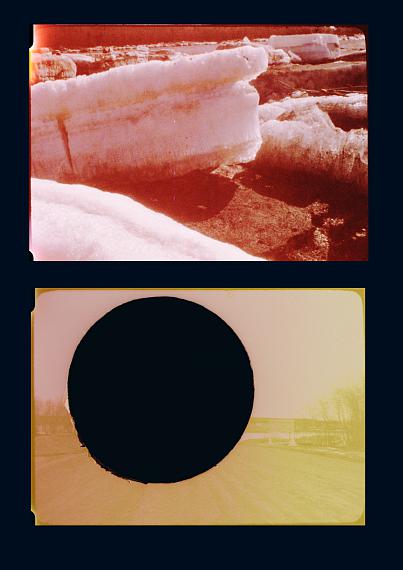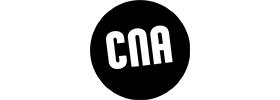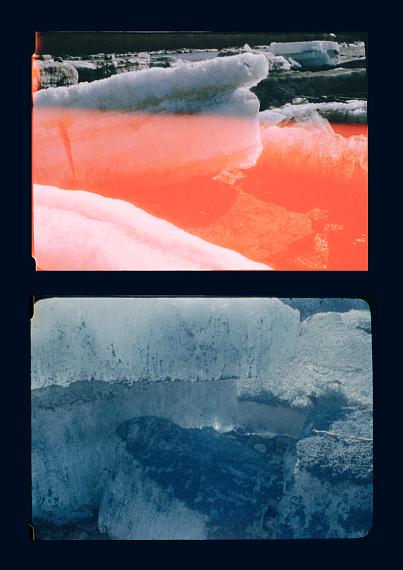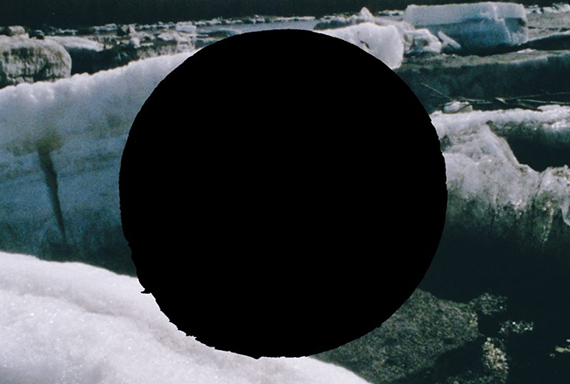
Marie Sommer »
L’Œil et la Glace
Exhibition: 24 Apr – 29 Aug 2021
Thu 1 Jul

CNA Centre national de l'audiovisuel
1b, rue du Centenaire
3475 Dudelange
+352-522424-1
Wed-Sun 12-18

8th edition of the European Month of Photography in Luxembourg
"ARCHIPEL"
Rozafa Elshan "Synthèse d’une excursion"
24 April – 13 June 2021
Centre d’art Dominique Lang
Marie Capesius "HELIOPOLIS"
24 April – 13 June 2021
Centre d’art Nei Liicht
Marie Sommer L’Œil et la Glace
24 April – 29 August 2021
CNA Centre national de l'audiovisuel
"L’œil et la glace", continues an investigation into Cold War archive-sites that Marie Sommer initiated in 2018 at the Stasi in Berlin. This installation explores the remnants of the DEW Line (Distant Early Warning Line), a defence system set up across the North of Canada to detect any potential invasions of North America by the Soviets. This long-range radar and communications line traces a magnetic frontier across the Arctic territory from west to east. Of the many stations built between 1954 and 1956, most were subsequently abandoned, but never dismantled. Deteriorated by time and weather, these sites constitute a veritable archive whose historicity is circumscribed deep within a conflict played out far from the public eye.
The installation is made up of three parts: a film projected on two screens, printed photographs drawn from Canadian and US archives with the cartographic data of all the sites, and an object-table featuring the architectural elements of the radar systems. The title of the installation makes reference to two key geopolitical challenges of the Cold War: long-range detection (the eye) and the conquest of the North (the ice).
The film was shot in the vicinity of Tuktoyaktuk a few hundred kilometres from the station code named BAR-3, located at a latitude of 69° 26′ 35″ north and a longitude of 132° 59′ 55″ west. Unable to reach the site due to early ice melting, Marie Sommer points her camera instead towards this natural environment in transition and captures the effects of climate change upon it. Shot in 16mm, the film is neither documentary nor narrative. It is however abstract and displays its inherent analogic materiality: the editing alternates short sequences of landscapes with close-up shots that reveal the unique texture of the ice and random bursts of light that alter the very surface of the film, which seems at times to be on the point of disintegrating.
This dematerialization accentuates the melting of the ice and echoes the decay of the military sites shown in the archive photographs. By way of juxtaposition, these photographs bring into contrast two phases of the conflict: the sites at the time of their coming into operation, revealing the coldness of their technology, and the now disused sites whose vestiges divulge the especially precarious nature of their architecture. Designed in the emergency of potential threat and under extreme conditions, the radar stations radars of the DEW Line were doomed to obsolescence from the very start due to the very rapid development of surveillance technologies during this critical period of the Cold War.
In several photographs, the radar installations stand majestic, yet their monumentality has something ghostly about it, as if the future they were foreshadowing had somehow frozen in the past. Yet this retro-futurist atmosphere, that the comparison of the photographs allows us to glimpse, still contains an idea of progress, despite the desuetude that reigns there. Thus these archive-places bear witness to a new temporality that the Cold War introduces and which L’œil et la glace questions: a pre-digital epoch, where the transition between an analogic surveillance technology that requires human presence and an entirely computerized, remotely operated, digital technology is played out. The aim of showing the desuetude of these Cold War architectures, as L’œil et la glace does, is not to speak of the end of a conflict, but to lay bare the planned obsolescence of which they are the material relics.
Text by Marie Fraser

L’Œil et la Glace is part of the work by the interdisciplinary research group "Archiver le présent: Imaginaire de l’exhaustivité dans les productions culturelles contemporaines" at the University of Quebec in Montreal (UQAM)
Marie Sommer is a visual artist, photographer and videographer. Her work focuses on the relation and links between places and archives. After training at the School of Decorative Arts, and at the Arles School of Photography, she published her works Teufelsberg in 2010 (Filigranes / LE BAL), Surfaces in 2015 (BilbaoArte) and Une île in 2020 (Filigranes) in collaboration with the author JeanYves Jouannais. She was a resident at Casa Velázquez in Madrid, at the Centre Photographique d’Ile de France and at the Cité internationale des Arts. Her work has been presented in exhibitions by various institutions including: Les Rencontres Internationales de la Photographie d’Arles, Centre Culturel de Rentilly, Deichtorhallen Hamburg, the Gulbenkian Foundation in Paris, and the Kyoto Art Center. She is currently a research artist at Figura, Centre de recherche sur le texte et l’imaginaire de l’Université du Québec at the University of Quebec in Montreal, in partnership with the Fresnoy Studio National des Arts contemporains.